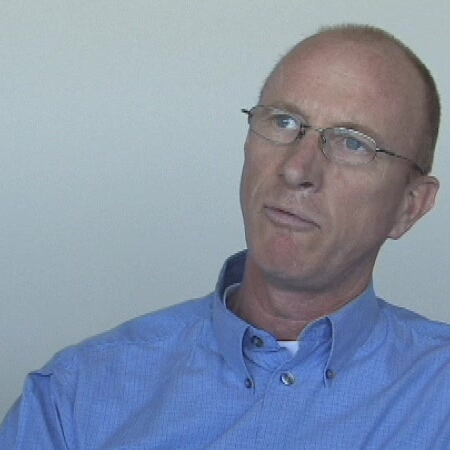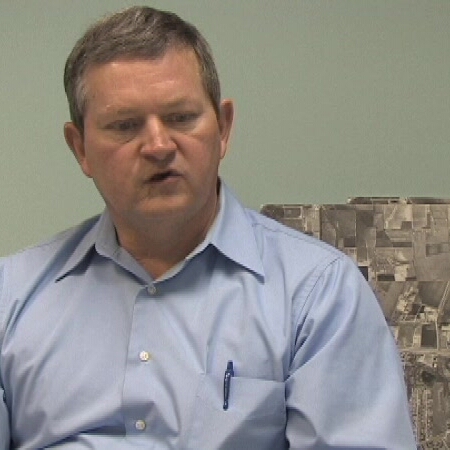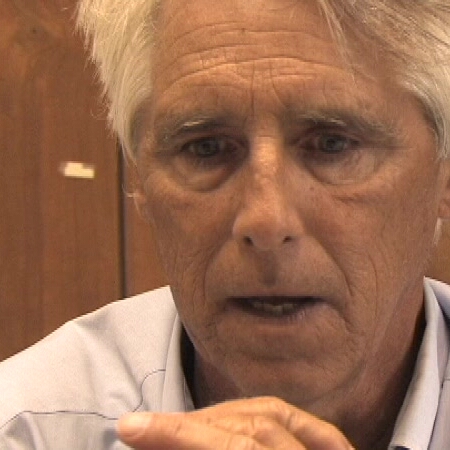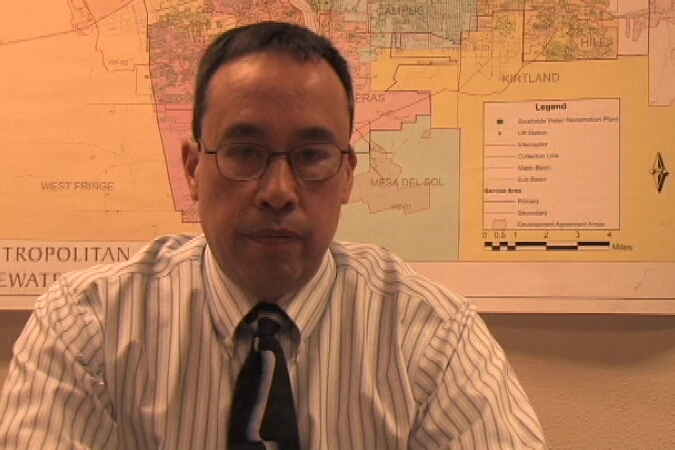6.5 Repair, Rehabilitate, or Replace: How to Decide?
When an asset failure occurs, the choices for how to respond include:
- Repair
- Rehabilitate
- Replace
Sometimes, an asset can be rehabilitated to bring it close to its original condition and extend its useful life. Rehabilitation can be done before an asset fails, or in some cases, after failure. Rehabilitation is generally less expensive than installing a new asset, but more expensive than repairing the asset. Rehabilitation can be used effectively if the additional useful life is enough to justify the cost. An example of rehabilitating an asset is lining sewer pipe. If the pipe has some structural integrity left, lining the pipe can bring it to an almost new condition and give the pipe an additional 50 years or more. The lining also eliminates the need to dig up the pipe and replace it, which reduces the cost.
The last option is replacement. The asset can be replaced with a similar technology, a completely new technology, or a more efficient technology. The replacement should be one that makes sense for the utility from a capital and operational standpoint and should fit with the level of service goals and the long-term plans for operation.
The selection of repair, rehabilitation or replacement involves a consideration of: the feasibility of the options; the condition of the existing asset; the capital cost of each option; the operations and maintenance cost after the repair, rehabilitation, or replacement; the remaining useful life in each case; the decay pattern; asset criticality; energy use; and the impact on level of service.
- Feasibility of the Options: Not all of the options will be available in all cases. There may be cases in which the asset is too badly damaged to be repaired. There may be limited rehabilitation options for many of the assets or the asset may have been too badly damaged to enable this option.
- Condition of Existing Asset: If the asset condition is fair or higher, repair may be a good option as long as the repair is relatively inexpensive compared to the cost of a new asset. In the case of a poor condition asset or an asset whose repair costs are high, replacement or rehabilitation may be better options.
- Capital Cost of Repair, Rehabilitation, or Replacement: The capital costs of each option should be determined.
- Operation and Maintenance Costs: Different options lead to different costs of operation and maintenance. The costs of maintaining an asset that has been repaired could be different than the costs related to an asset that has been rehabilitated or replaced. If the asset is one that uses energy, a cost difference may occur if a more energy efficient asset is installed to replace the asset or if the new asset has a different energy source.
- Remaining Useful Life: If the asset is repaired, the useful life will probably remain the same as before, although the initial failure could cause some decrease. If the asset is rehabilitated, the useful life can be extended to almost as long as the original asset. If the asset is replaced, the asset life will be the life span of the new asset. As an example, if an existing asset had a useful life of 40 years and was 30 years into its life at the time of the failure, repairing the asset will likely keep the 10 year remaining life; rehabilitating the asset may result in an additional 30 years of life (for a total of 60 years from installation to replacement); and replacing the asset might provide an additional 40 years of life for a total of 70 years of life for the two assets together. In this example, replacement only provides an additional 10 years, compared to rehabilitation. To make this option attractive, the cost of replacement would have to be close to the cost of rehabilitation. Otherwise, rehabilitation may be a better option than replacement.
- Decay Pattern: After an asset is installed, it will start to decay or deteriorate at some rate over the course of its useful life. In some cases the decay may be very slow at first and then start to increase until it increases very rapidly as it gets closer to the end of its life. In other cases, the decay may be more evenly distributed over the asset's life. Each asset or asset class has a different type of decay pattern or curve. If the decay pattern was known for the various assets or asset classes, it would be easier to make decisions about what to do when the asset failed. If the asset was in the beginning of its decay curve, repairing a failure would make sense. If the asset was at the point where it was decaying at a very rapid rate, it would make more sense to replace rather than repair the asset. It is difficult to know the exact decay curve for each asset, but the utility's experience with various asset classes can help determine how the asset will respond to failures. If the utility notices that a type of asset usually lasts 10 years before its first repair, then has a few repairs over the next 5 years, then seems to break constantly, a decay pattern can be established. This example asset has a slow decay rate for 10 years, then an increasing rate for 5 years, followed by a rapidly increasing decay rate, until the asset ultimately replaced. In this scenario, an asset should be repaired if it is in the first 15 years, and replaced within the next few repairs after that time. It will not be possible to know the decay pattern of all the asset classes, but it may be possible to know some of them, particularly assets that have shorter lives. Any historical knowledge you can gather to help define the decay patterns, will help you make a better determination of how to respond to an asset failure.

|
|
|

|
|
|

|
|
|



